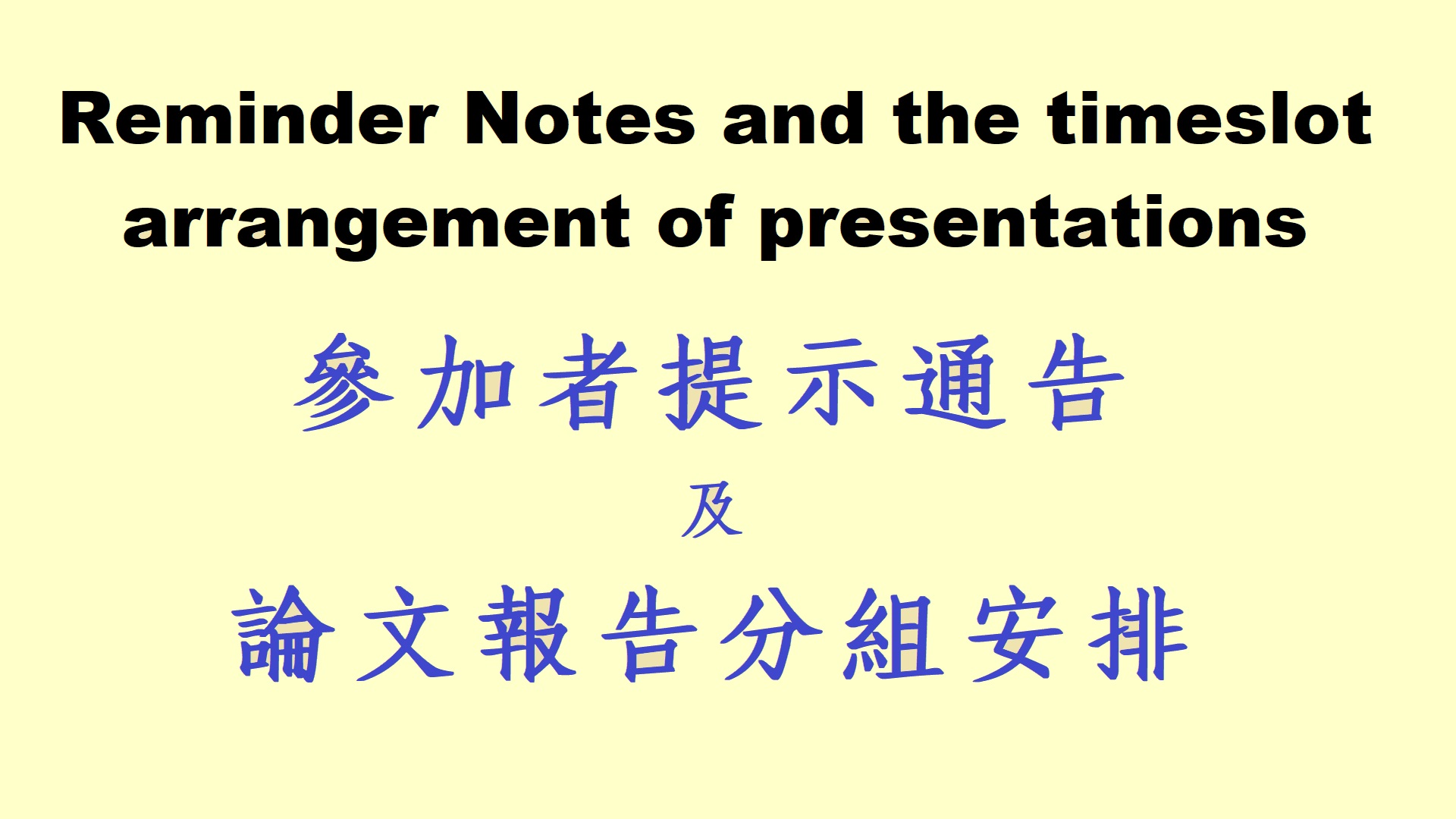The 5th International Conference on Chinese as a Second Language
Welcome Address by
Professor A. Lin Goodwin,
Dean of Faculty of Education, the University of Hong Kong
15th June 2018
大家早安,Good Morning everyone.
I am just really pleased to welcome all of you this morning to this very important event. So first of all, Professor Kecskes, we are very honoured to have you here, as the founder of CASLAR and president of the association, and keynote speakers Professor Claire Saillard, Professor Chen Jennyeu, and Professor Joe Winston, as well my dear colleagues, Joseph Lam and Elizabeth Loh, both of you were tirelessly to put this conference together. All of you are our honorable guests come from over 20 different countries, so there is quite an achievement and is an indication of how important it is.
On behalf of The University of Hong Kong, I certainly want to welcome you to this 5th International Conference on Chinese as a Second Language which is co-organized by the Chinese as a Second Language Research (CASLAR) Association, New York, USA; the Centre for Advancement of Chinese Language and Research (CACLER) of the Faculty of Education; as well as the Supporting the Learning and Teaching of Chinese Language for Non-Chinese Speaking Students in Secondary Schools (PoCSL) Project funded by the Language Fund of the Standing Committee on Language Education and Research. So, several important groups are come together to support this work, we are very thankful to them.
As you all know, this is a biennial conference bringing together all of you, scholars from all over the world whose research focuses on the acquisition, development and use of Chinese as a second language so as to survey available knowledge in the field, exchange ideas and initiate research projects, and transform a field from a primarily experience- and practice-based discipline into one grounded research and theory.
We are pleased that this conference provides a strong international platform for knowledge exchange, because this is the mission of our Faculty to advance scholarship and engage in research with high impact internationally, nationally and locally; to break new ground in curriculum and pedagogy, and to be a role model for good educational practice; to engage in productive partnerships with academic and professional communities in order to generate, integrate, exchange and apply knowledge, build capacity, and enhance educational opportunities for all.
I do not know if you know this, the Faculty of Education has been run for a while. We have been in the business of teacher preparation and teacher education for 100 years, so it is a lovely coincident with your conference and our celebration, because focus on language and language interaction, particularly in Chinese, is a clear priority for our faculty.
Today the Faculty is a multifaceted organization with seven divisions, six research centres and two consortia. The Centre for Advancement of Chinese Language Education and Research (CACLER) is formally established in July 2004 to capitalize on collaborative networks on Chinese language education and further advance the research in this area. It was built upon a solid foundation of the “Support Centre for Teachers Using Chinese as the Medium of Instruction”, “Dragonwise”, information technology assist Chinese language learning projects and a lot of Chinese Language Education Projects. With sponsorship from Language Fund, Quality Education Fund, these projects have already established a close connection with primary and secondary schools in Hong Kong and extensive research collaboration networks with institutions and education bureaus in the Mainland. They have a strong reputation for offering targeted support and resources on effective pedagogy in language education, teaching using CMI, using information technology in the teaching and learning of Chinese as well as developing theoretical perspectives related to the teaching and learning of Chinese for students and teachers, and to disseminate research on Chinese language education throughout the region and further afield through publications, seminars, international conferences and workshops.
In the past decade, the teaching and learning of Chinese as a second language (CSL) for students from non-native Chinese speaking (NCS) backgrounds has become a fast-developing field at all levels of education. Given the importance of the CSL for NCS students, as well as the learning difficulties encountered by them, there are a number of research and development projects being conducted by CACLER, addressing their learning needs in different stages of schooling, including pre-education, primary and secondary education, to investigate CSL students’ learning characteristics. The results have been used to support the invention of school-based curriculum and pedagogies for more effective teaching and learning of CSL among the culturally diverse learners. Up until now, CACLER has already been awarded more than HK$400 million research and development grants from government and externally funding bodies, including University Grant Council, Language Fund, Quality Education Fund, Hong Kong Jockey Club, Technology Start-up Support Scheme for Universities, Oxfam Hong Kong, Social Innovation and Entrepreneurship Development Fund, Credit Swiss.
Considering the growing importance of China in political and economic perspectives, as well as the increasing number of CSL learners around the world, it is very timely for us to have this opportunity for academic and cultural exchanges. This is specifically a major concern of the present conference. I take this opportunity again to express my welcome and gratitude to all the scholars and experts who take part in this conference for making The University of Hong Kong the hub of teaching Chinese as a second language in Asia-Pacific region. I sincerely wish every success in the 5th International Conference on Chinese as a Second Language and fruitful results in the teaching and research of CSL.
Thank you so much to be here.









